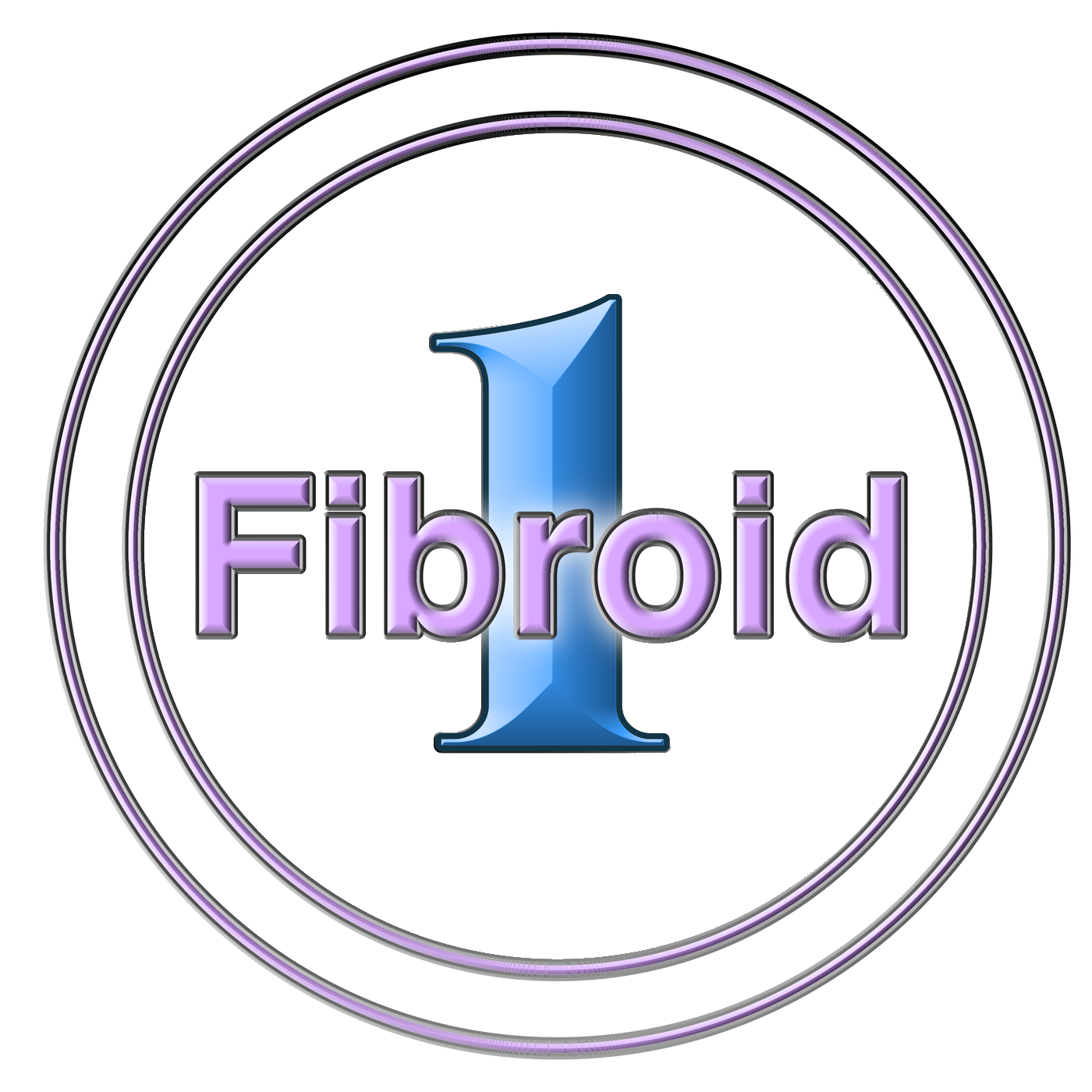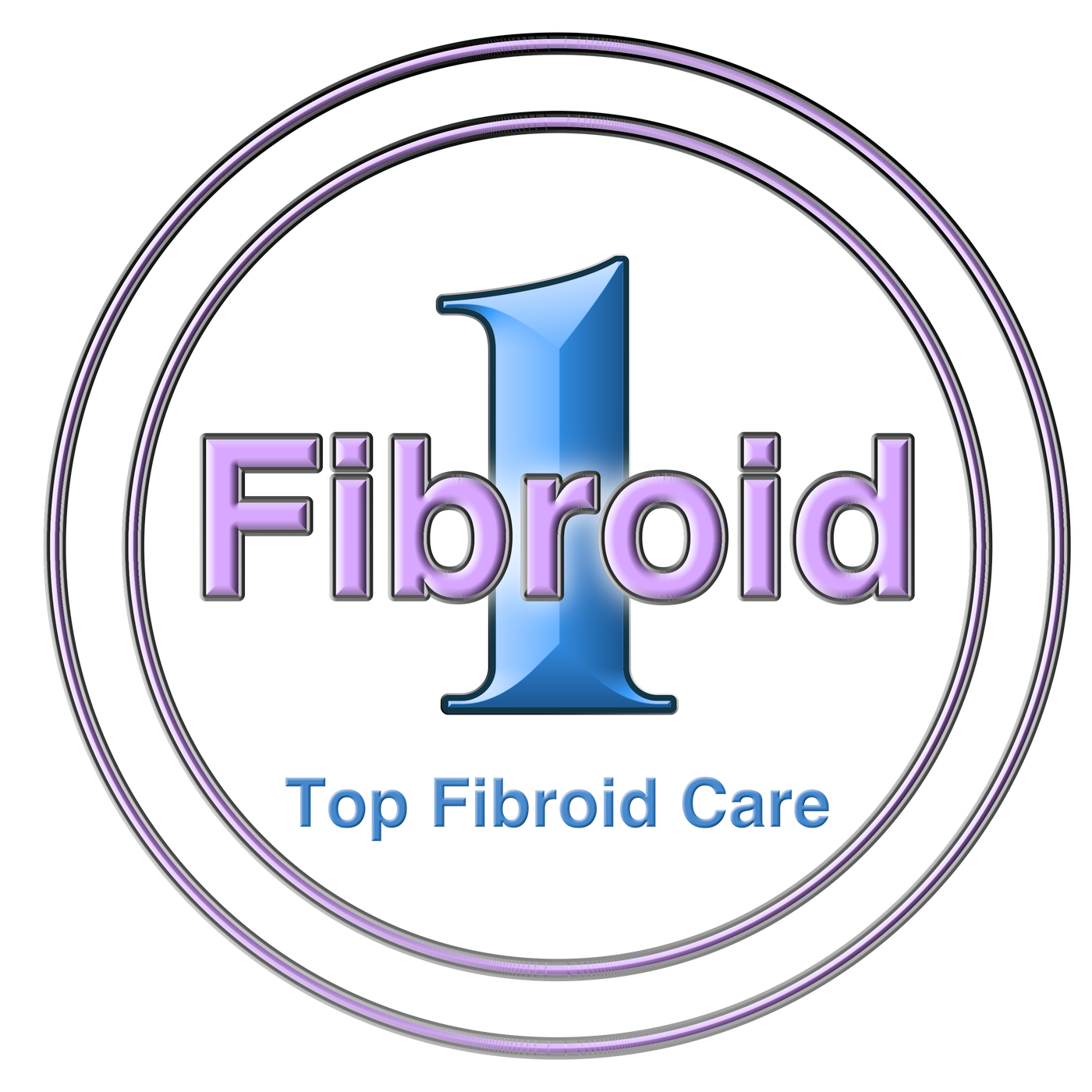If you’re experiencing abdominal swelling but are not pregnant, it’s possible that you have an enlarged uterus. While this condition can be caused by a number of factors, a common one is uterine fibroids. Regardless of why your belly is bulging, it can contribute to bloating, constipation, abnormal menstruation, infertility, headaches, and frequent urination. If you’re wondering if your belly bulge is the result of uterine fibroids, keep reading.
Symptoms That Point To Fibroid Belly Bulge
A fibroid belly bulge occurs when uterine fibroids begin developing in your uterine tissues. As these non-cancerous tumors continue to develop, the uterus sometimes has to grow to accommodate them. The first sign that many women experience is that their clothing isn’t fitting like it used to. Sometimes they experience difficulty moving around or bending over. The fibroid belly bulge can make it difficult to participate in normal daily activities in severe cases.
Unexplained weight gain can also be the result of uterine fibroids. They have the potential to grow to nearly the size of a watermelon and have reached weights of up to 40 pounds. While this is unusual, these fibroids can continue to expand if left untreated. Thankfully there are treatments available to address uterine fibroids.
In extreme cases, women may appear as much as five months pregnant. At this point, they will be experiencing significant discomfort, and the surrounding organs may have become damaged. It’s essential that the fibroids are addressed at this juncture, as significant health concerns are imminent. In addition, the realization that they are not pregnant can be emotionally devastating for these women.
Signs of uterine fibroids include:
- Pain that occurs near your period
- Heavy cramping prior to and during menstruation
- Heavy blood flow during menstruation
- Pain in the pelvis or lower back
- Constipation
- Difficulty urinating
- Frequent urination
One thing to keep in mind about fibroids. Nearly 70% of women will experience uterine fibroids at some point during their life. However, in most cases, these fibroids are asymptomatic and harmless. Only when symptoms begin to appear is treatment necessary. The most common treatment methods for these fibroids used are hysterectomy and myomectomy. The first removes the uterus in its entirety, while the second only removes the fibroids themselves.
Both these treatment approaches result in removing significant amounts of tissue. Hysterectomies remove all possibility of childbearing, while myomectomies significantly reduce the chances of being able to carry a child. However, there is a new kind of treatment known as uterine fibroid embolization. This process is minimally invasive and does minimal damage to healthy uterine tissue. The result is reduced recovery time, less discomfort, and significantly higher chances of being able to conceive after the treatment.
Speak To Your Fibroid Specialist About Fiboid Belly Bulge
If you’re concerned you may be experiencing symptoms related to fibroid belly bulge, reach out to your specialist today. They’ll perform a full exam to determine if uterine fibroids are the culprit. If so, they’ll work with you to develop a treatment plan to eliminate them.












